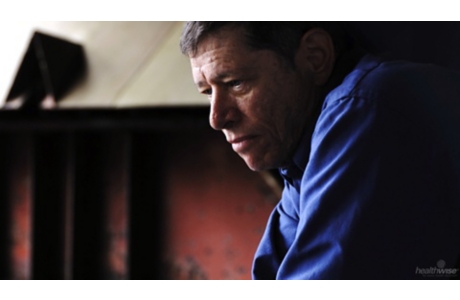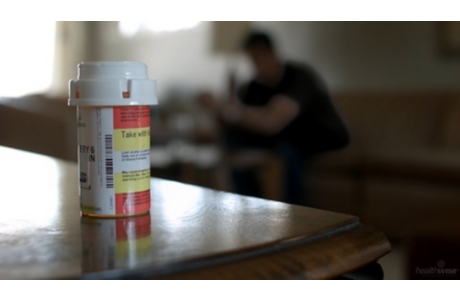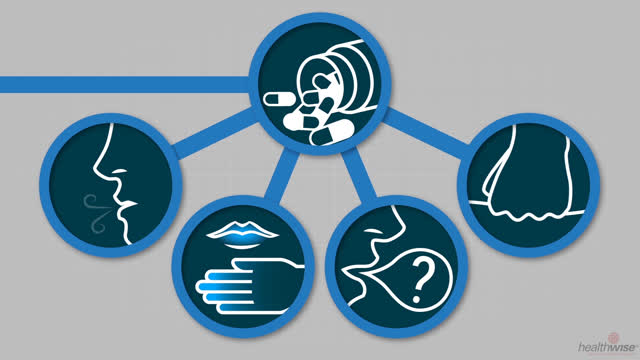Opioid Use Disorder
Topic Overview
What is opioid use disorder?
Opioids are strong pain medicines. Examples include hydrocodone, oxycodone, fentanyl, and morphine. Heroin is an example of an illegal opioid. Opioid use disorder means using these drugs in a way that keeps you from living the life you want. Moderate to severe opioid use disorder is sometimes called addiction. When your use is out of control, it harms you and your relationships.
Even if you don’t see these effects in your life, it can be dangerous to use opioids in a way that your doctor didn’t prescribe.
Taking too much of an opioid can cause:
- Trouble breathing.
- Low blood pressure.
- A low heart rate.
- A coma.
- Death.
What are the signs of an opioid use disorder?
You may have an opioid use disorder if two or more of the following are true:
- You use larger amounts of the drug than you ever meant to. Or you’ve been using it for a longer time than you ever meant to.
- You can’t cut down or control your use. Or you constantly wish you could cut down.
- You spend a lot of time getting or using the drug, or recovering from the effects.
- You have strong cravings for the drug. You can no longer do your main jobs at work, at school, or at home.
- You keep using even though your drug use hurts your relationships.
- You have stopped doing important activities because of your drug use.
- You use drugs in situations where doing so is dangerous.
- You keep using the drug even though you know it’s causing health problems.
- You need more and more of the drug to get the same effect, or you get less effect from the same amount over time. This is called tolerance.
- You can’t stop using the drug without having uncomfortable symptoms. This is called withdrawal.
How is opioid use disorder treated?
Treatment usually includes medicines, group therapy, one or more types of counseling, and drug education.
Sometimes medicines are used to help you quit. They may help control cravings, ease withdrawal symptoms, and prevent relapse. This treatment is called medication-assisted treatment, or MAT. During MAT, you take a medicine (usually methadone or buprenorphine) in place of the opioid you were using. This can help you focus on getting healthy. Most people take the medicine for months or years as a part of the treatment, along with therapy or counseling.
Treatment focuses on more than drugs. It helps you cope with the anger, frustration, sadness, and disappointment that often happen when a person tries to stop using drugs.
Many people with this disorder, and sometimes their families, feel embarrassed or ashamed. Don’t let these feelings stand in the way of getting treatment. Remember that the disorder can happen to anyone who uses opioids, no matter what the reason.
Urgent treatment for an overdose
Naloxone is a medicine that reverses the effects of an overdose. If you take it or someone gives it to you soon enough after an overdose, it can save your life. Naloxone comes in a rescue kit you can carry with you. Ask your doctor or pharmacist about having a naloxone rescue kit on hand.
Current as of: February 5, 2019
Author: Healthwise Staff
Medical Review:Kathleen Romito MD – Family Medicine & Michael F. Bierer MD – Internal Medicine, Addiction Medicine
This information does not replace the advice of a doctor. Healthwise, Incorporated, disclaims any warranty or liability for your use of this information. Your use of this information means that you agree to the Terms of Use. Learn how we develop our content.





